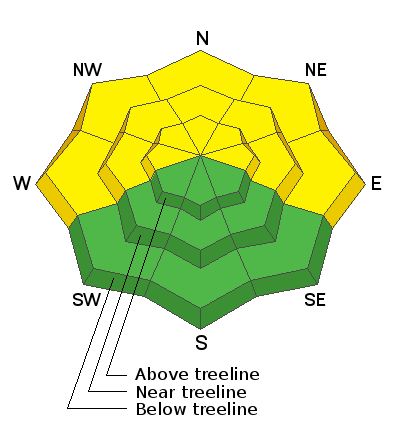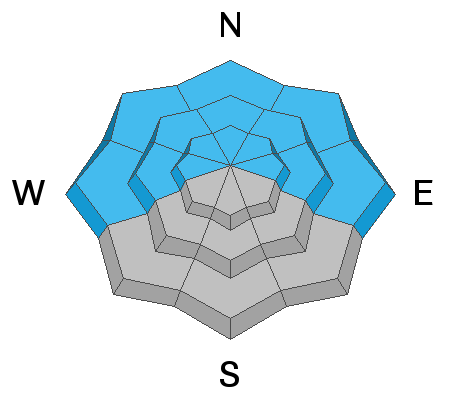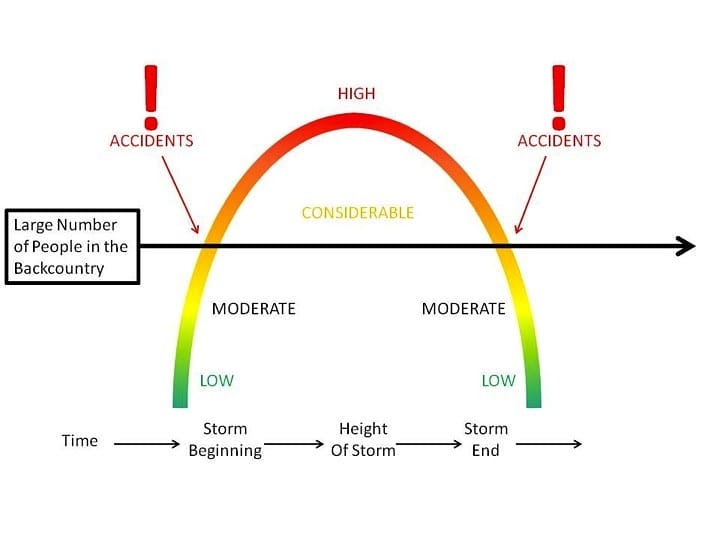Forecast for the Abajos Area Mountains

Issued by Eric Trenbeath on
Thursday morning, March 17, 2022
Thursday morning, March 17, 2022
There is a MODERATE avalanche danger on steep slopes facing W-NW-N-NE-E and human triggered avalanches failing on a buried persistent weak layer over 2 feet deep are POSSIBLE. These avalanches are a very real possibility. These are tricky avalanche conditions and it is important to evaluate each slope carefully for safe backcounty travel today.

Low
Moderate
Considerable
High
Extreme
Learn how to read the forecast here








